The Camaro IROC-Z 1LE is a red-blooded ’80s showroom stock racer that mortals can afford
For a weekly dose of collector car analysis, sign up for the Hagerty Insider newsletter.
Race cars from the 1980s are all the rage right now. E30 M3s and Mercedes 190E Evolutions regularly fetch six figures, and cars associated with Group B rallies are seeing seven. There is, however, a showroom-stock racing car from the 1980s for sale right now that will likely sell for a far more attainable price: a 1989 Camaro IROC-Z 1LE.
Yes, we are aware that a 1LE is not exactly the same thing as, say, a Group B Audi Quattro. But it isn’t just a third-gen Camaro, either. The 1LE option was born in 1988 to dominate the SCCA’s popular Showroom Stock racing series and the Canadian Players Challenge series.
Back then, the most formidable Camaro that a customer off the street could order was the IROC-Z, named after the International Race of Champions series that Chevrolet sponsored. The IROC included four-wheel disc brakes, the stiffer F41 suspension, a limited-slip diff, and an oil cooler. Engine options were limited to the 220-hp Tuned-Port Fuel Injected 305, which mated to a five-speed manual transmission or to a four-speed auto that reduced power to 195 horses, and a 350 V-8 with Tuned-Port FI that made 230 ponies and had an exclusive relationship with the slushbox.
On a racetrack, IROC-Zs suffered from a common list of shortcomings. In order to address these deficiencies, a team led by Camaro/Firebird powertrain manager Ray Canale and Chevrolet product engineering manager John Heinricy (who would head up development of GM’s performance cars in the 2000s) cobbled together a performance package that bumped power by 10 horses, incorporated the Caprice’s larger brake rotors with two-piston calipers from the Corvette, a new proportioning valve, a new baffled gas tank, a close-ratio transmission with a shorter fifth gear, a recalibrated suspension, and the Corvette’s aluminum driveshaft. It also kicked power windows, air conditioning, and fog lights to the curb.

Unlike the track-slaying 1LE packages offered on today’s Camaros, Heinricy’s late ’80s 1LE was kept a secret. It didn’t appear in any dealership literature or advertising and didn’t have an option box on any order forms. It actually went into “production” without an official designation. To get your IROC 1LE’d, you had to know the cheat code. After providing proof that you would be racing in either IMSA or SCCA, step one was to order one of the optional V-8 engines for your IROC-Z. Next, check the box marked G92 for the Performance Rear Axle kit, followed by G80 for Positraction. Removing Air Conditioning was the final piece of the puzzle. In late ’60s COPO fashion, these moves would first trick the factory scheduling system into producing a hard-core 1LE model and, second, trigger an “are you sure you’re man enough?” call from Heinricy himself.
Just six were produced in year one, but in 1989, that number was up to 111 as Heinricy piloted one to dual championships in SCCA Escort and Firestone Firehawk series, on his way to three driver’s titles behind the wheel of a 1LE.

A 1989 Camaro IROC-Z 1LE in #2 (Excellent) condition is worth about $37K these days, according to Hagerty valuation data. That’s a 60 percent premium over a non-1LE IROC-Z but still a great deal more affordable than its competition-bred contemporaries, not to mention any number of 1980s sports cars that have made “the leap” from used to collectible. Given their low production volume, however, they don’t appear often.
This brings us to what looks to be a real-deal 1LE at a little consignment dealer and motorcycle museum between Sheboygan and Fond du Lac, Wisconsin. Represented in unrestored condition with just 38,628 miles, it features the 230-hp 5-liter V-8 and the manual transmission. All of this mulleted awesomeness for $35,900. In terms of investment potential, we’re not about to say third-gen Camaros are the next big thing, but like other 1980s and 1990s American performance cars, they appear to be among the last vehicles of their era that haven’t massively appreciated, and we have seen some sparks recently.
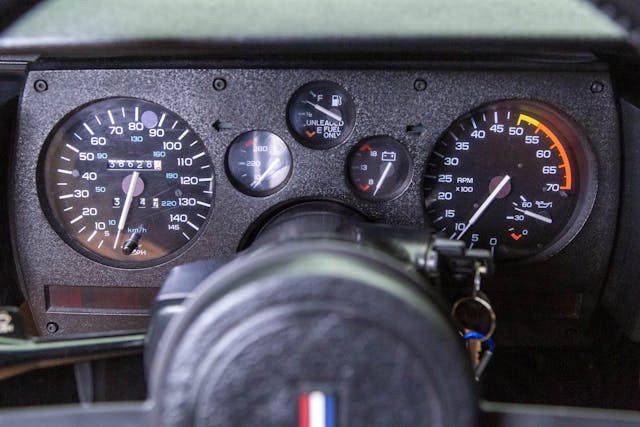
For anyone who is interested, the rest of the 1LE story looks like this; an abbreviated model year saw 1990 Camaro production cut to about 32 percent of the prior year; still, 62 1LEs left the back door of the factory, now sporting a standard, 245-horse 350-cube V-8. In 1991, Chevrolet dropped its sponsorship of the International Race of Champions, rendering the IROC name obsolete. The resurrected Z28 would be the new home of the 1LE package. Even as the third-gen entered its twilight, 1LE production peaked: 478 Z28s wound up with the underground upgrades in 1991, and 705 were built in 1992 before the fourth-gen Camaro debuted. A grand total of 1360 third-gen 1LEs made their way into the hands of knowledgeable customers (and one of our writers), making them far rarer than any of their modern V-8 counterparts (1512 SS 1LEs and 1567 ZL1 1LEs were produced in their respective debut years, alone).


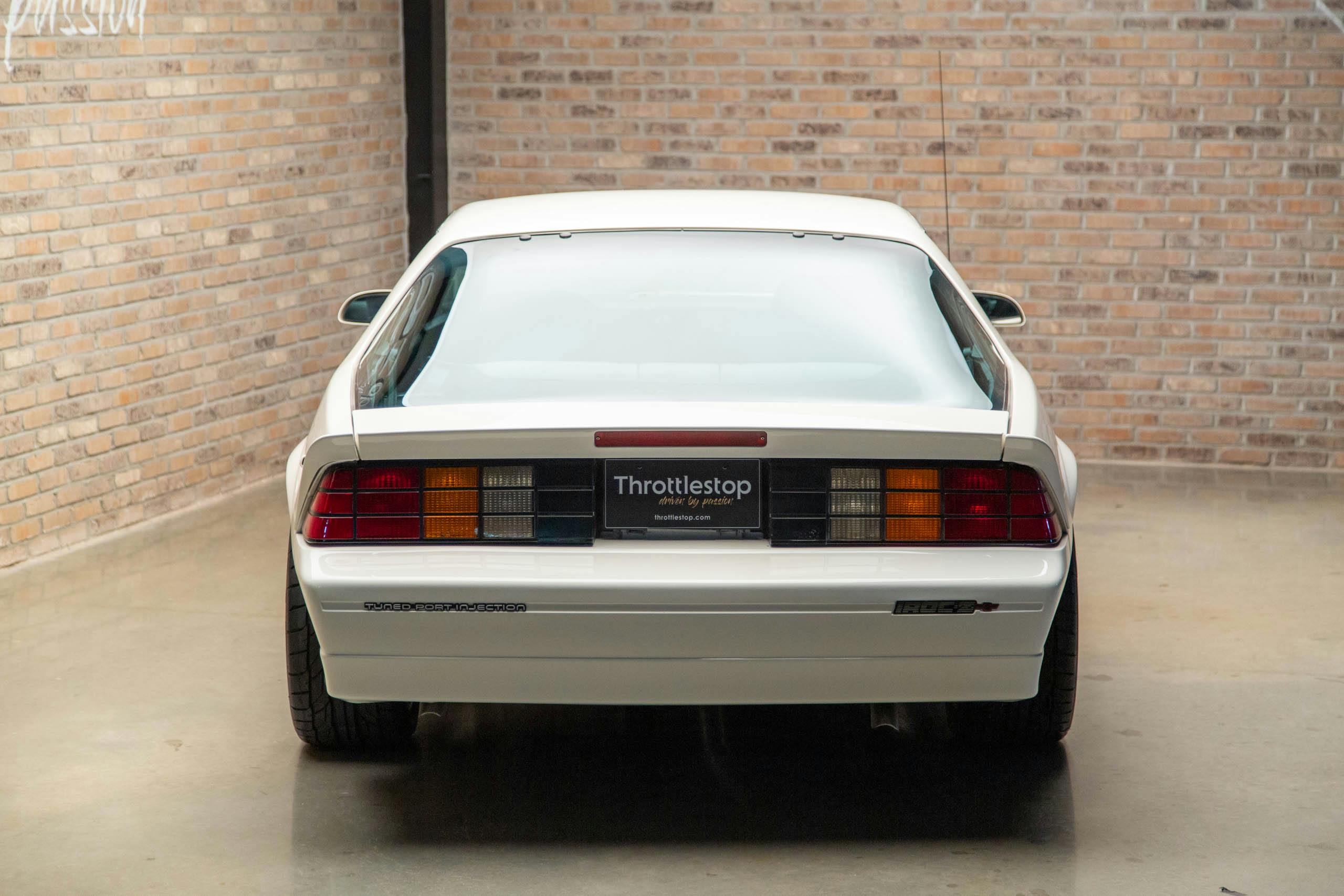
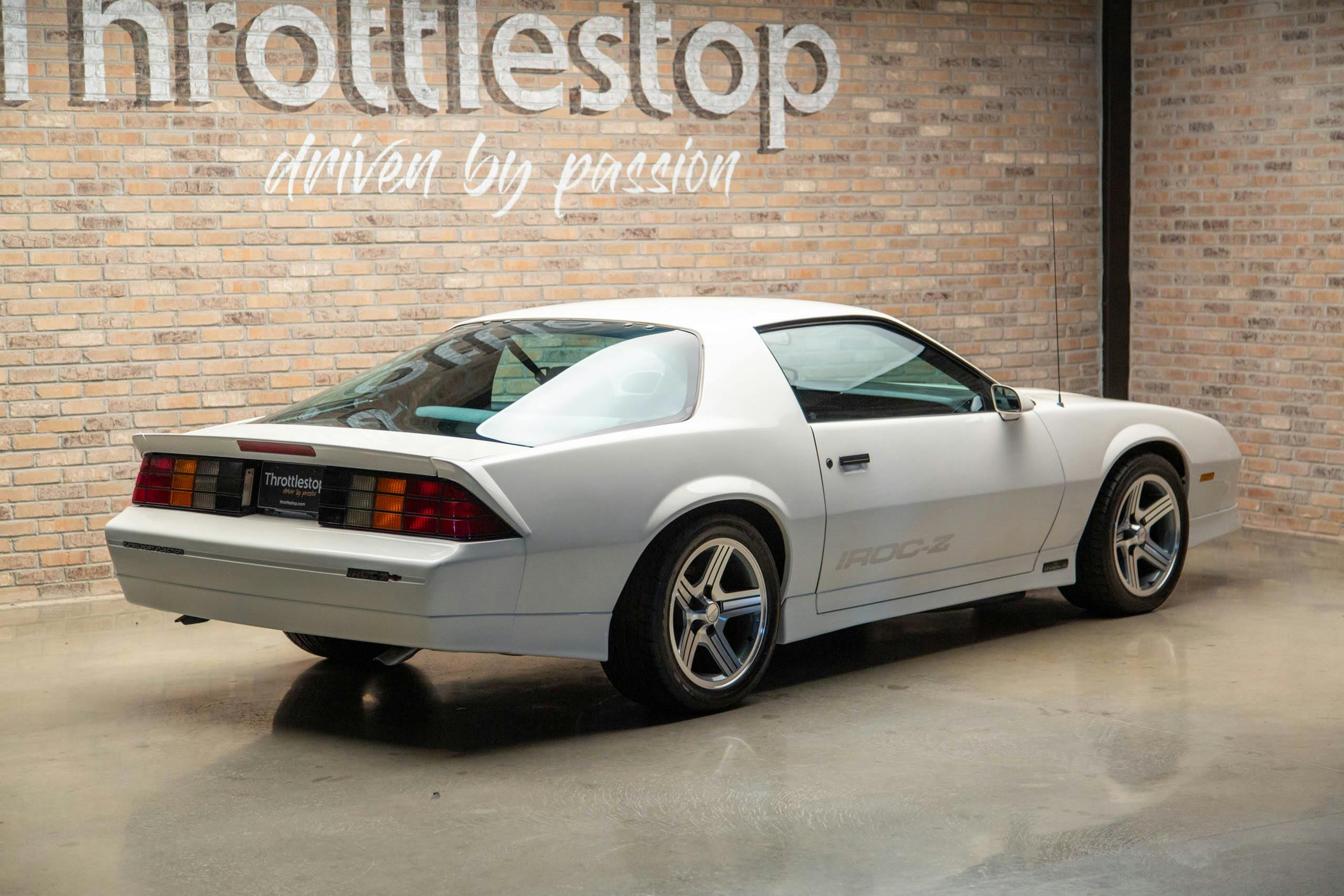
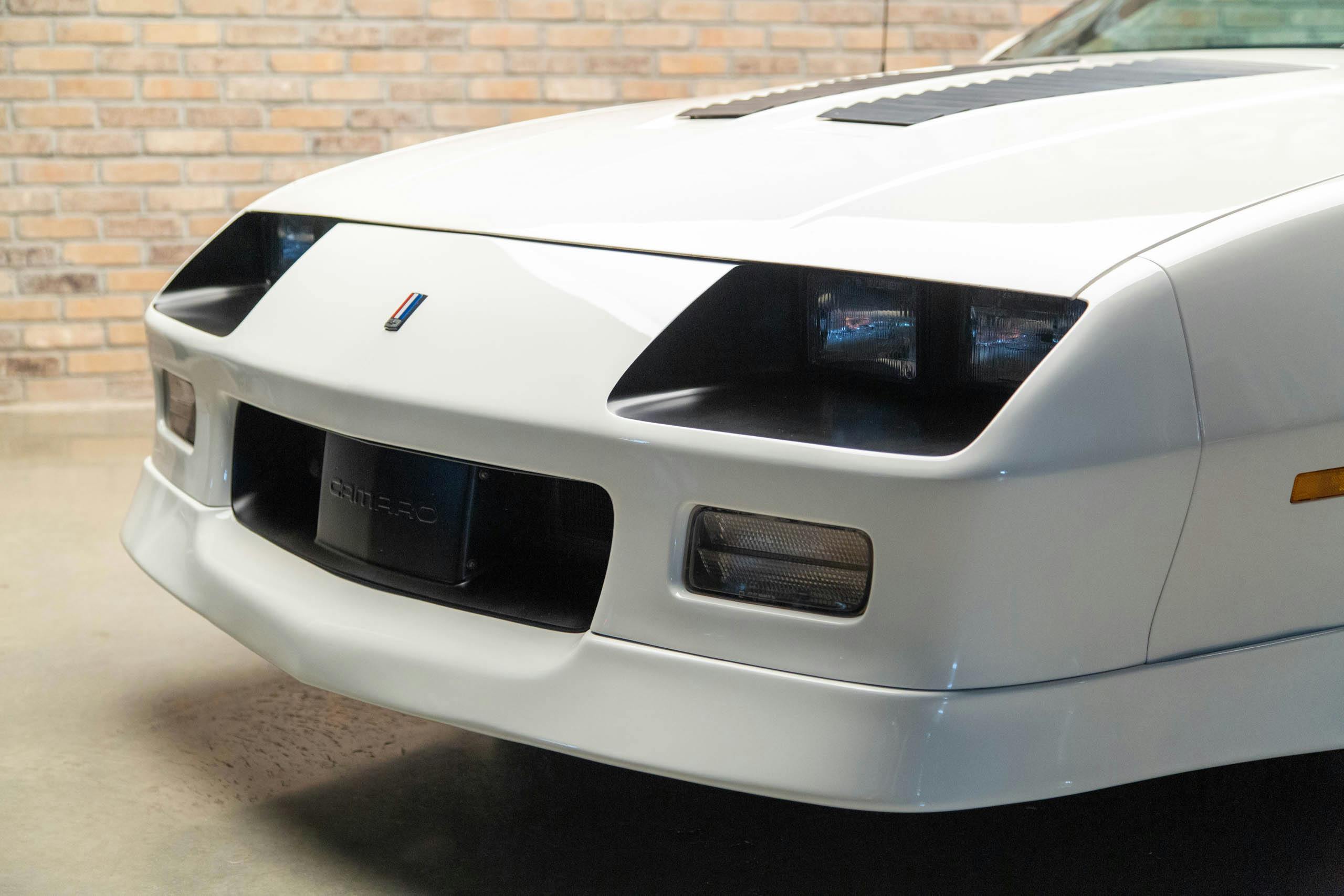
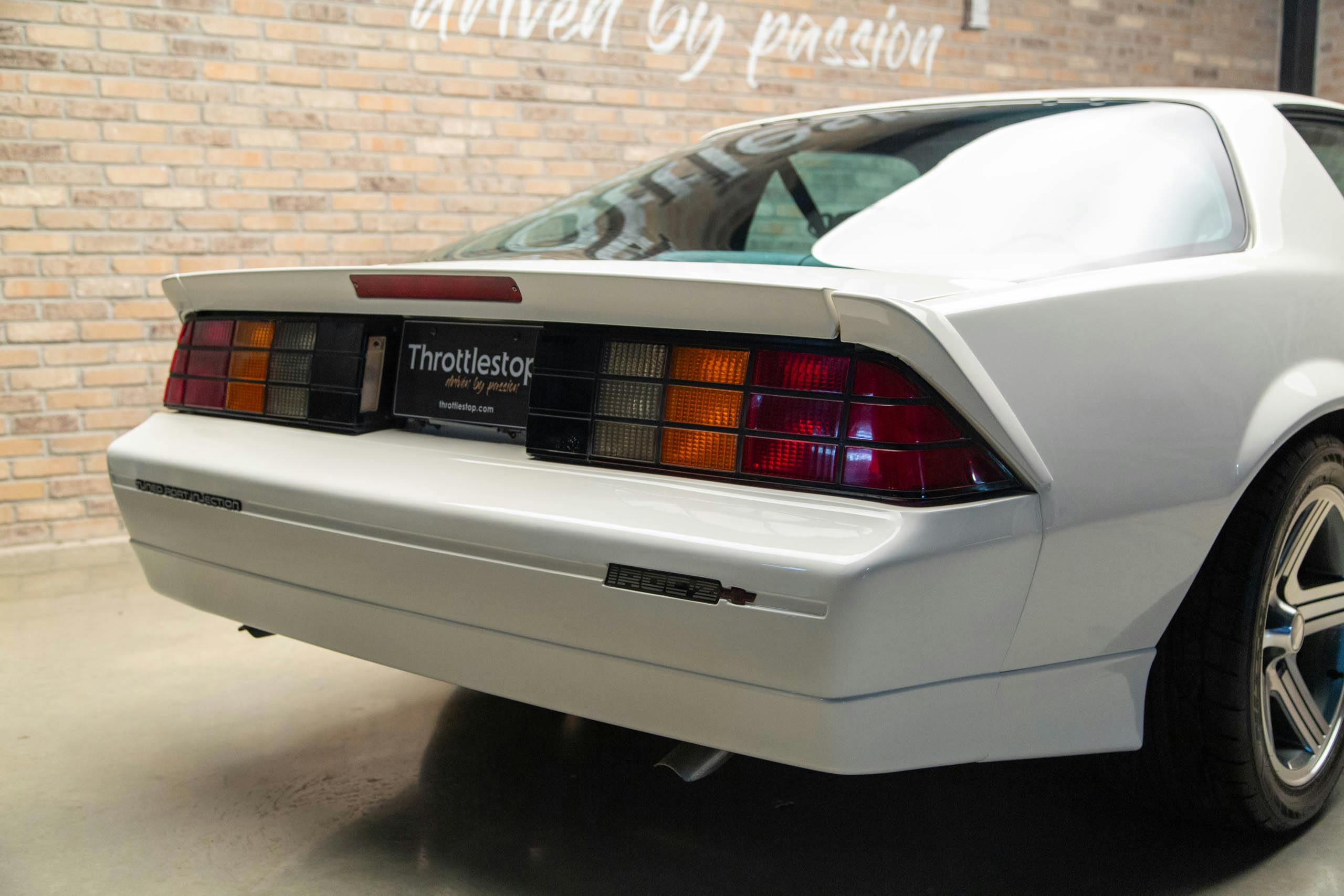

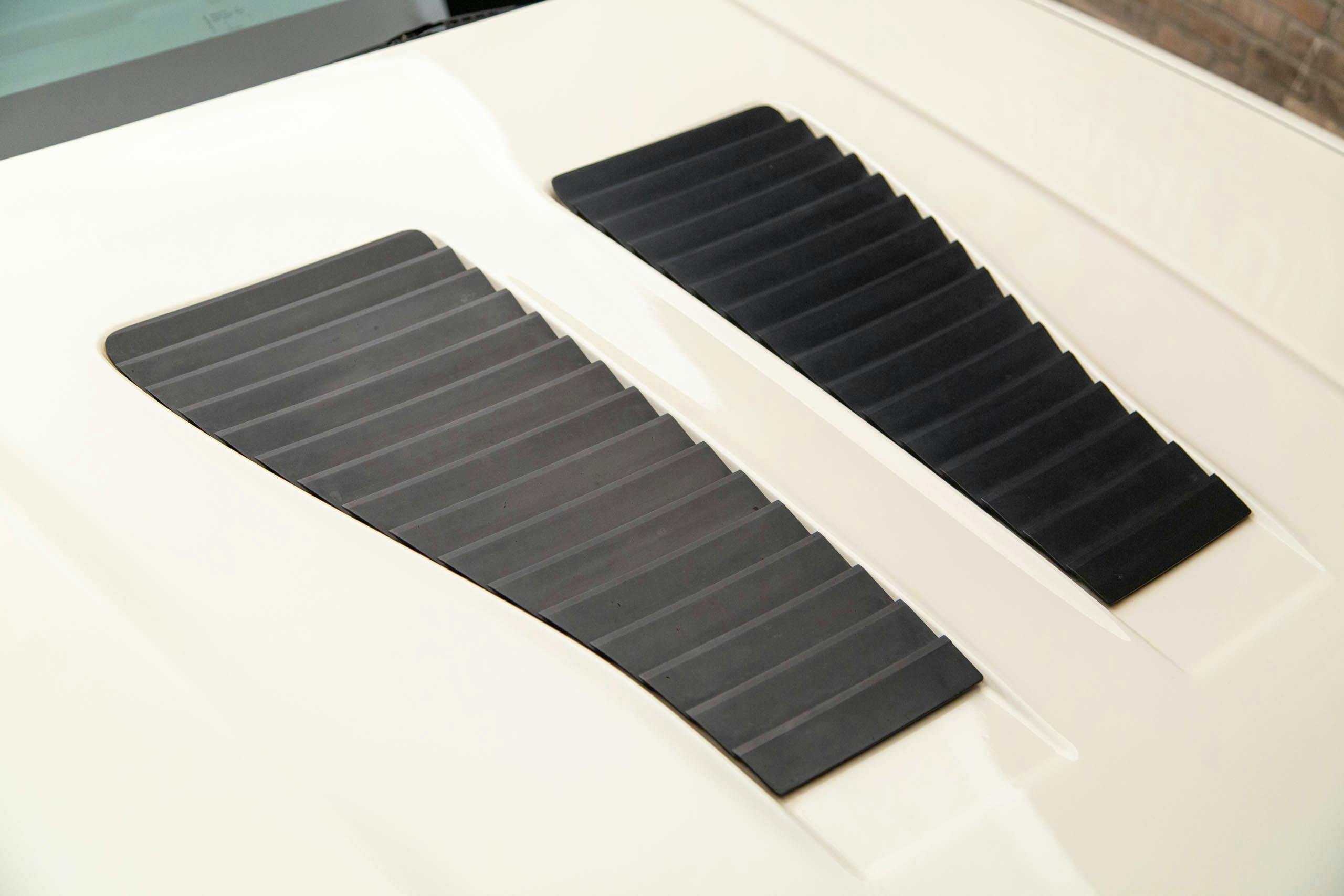
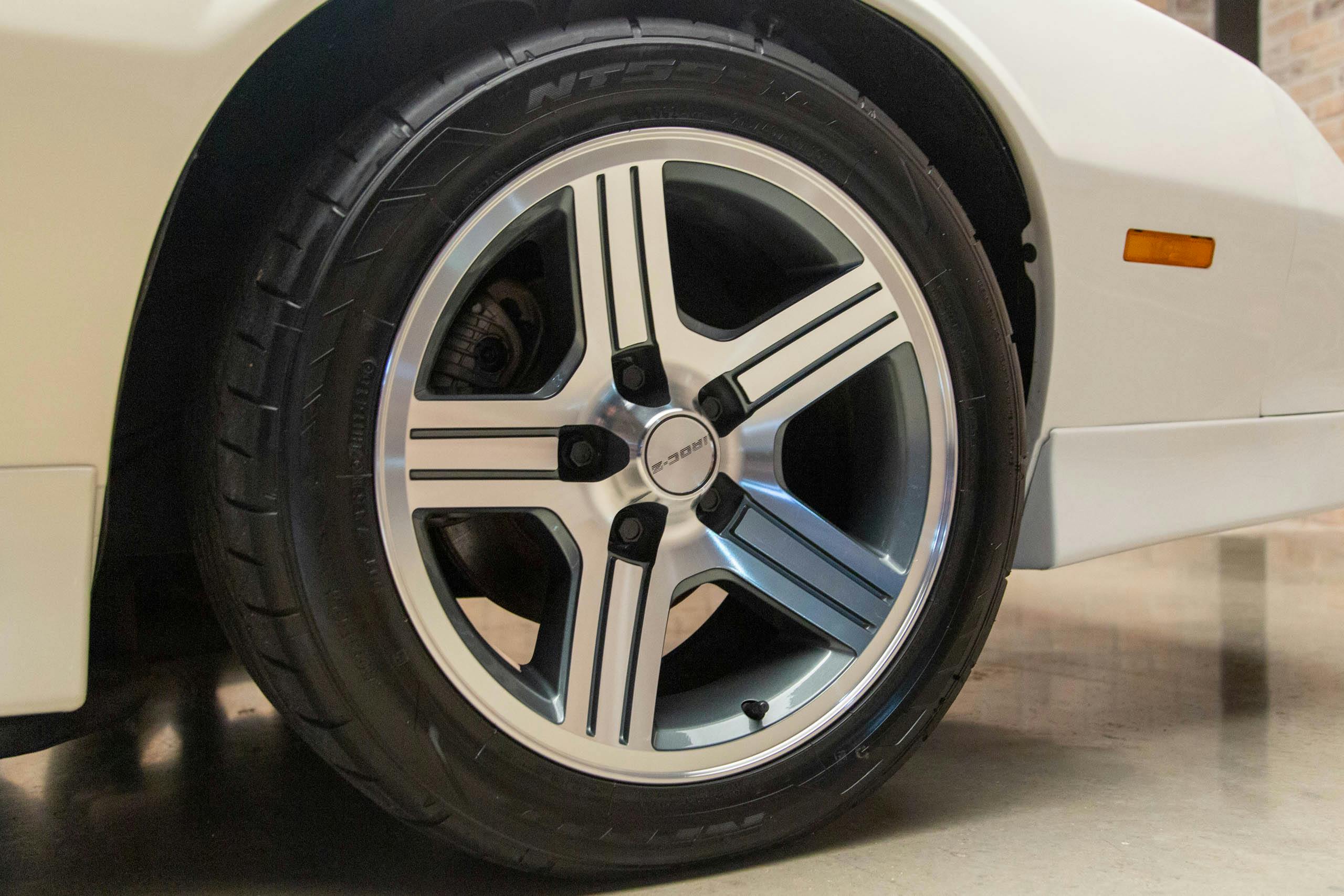
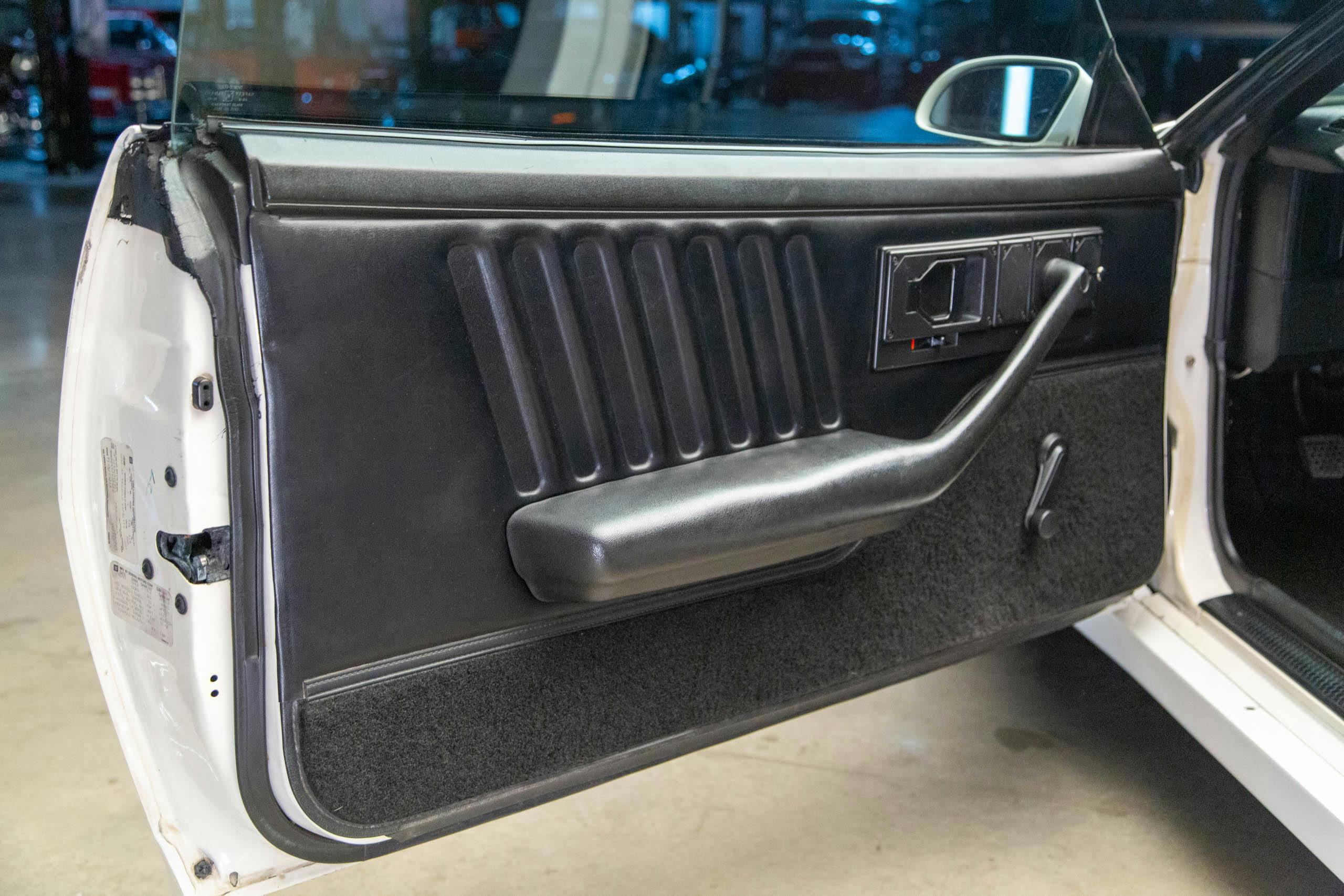
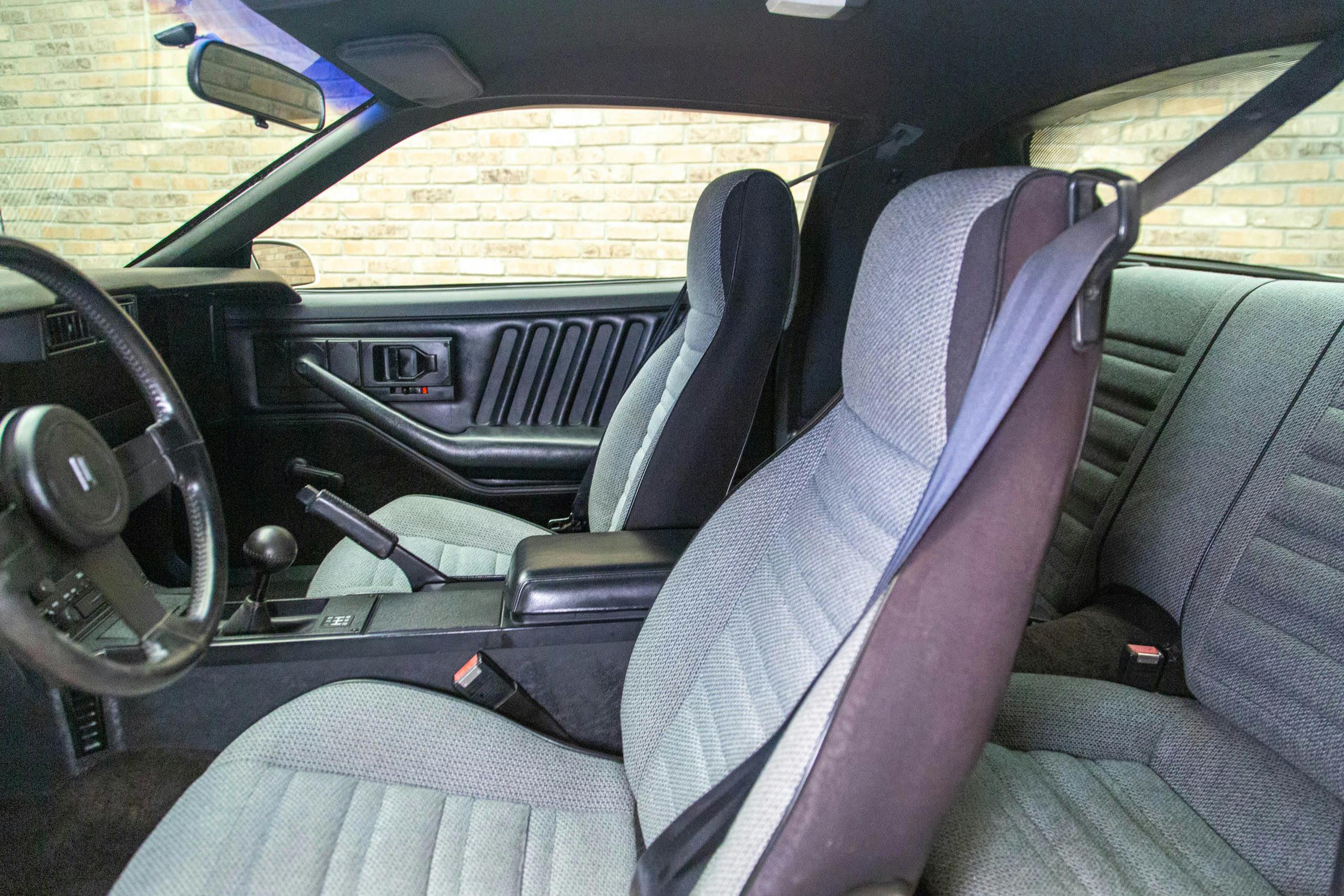
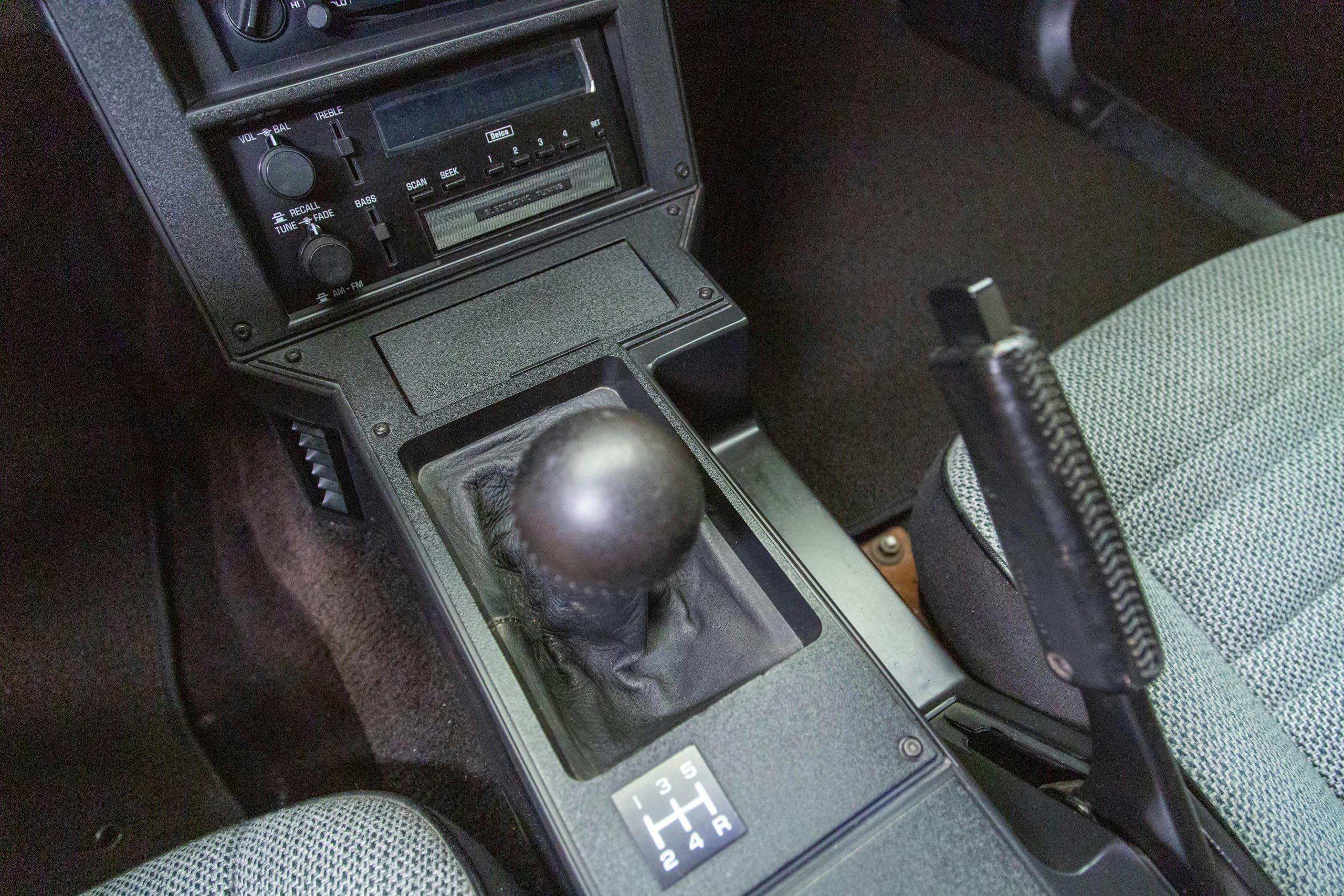

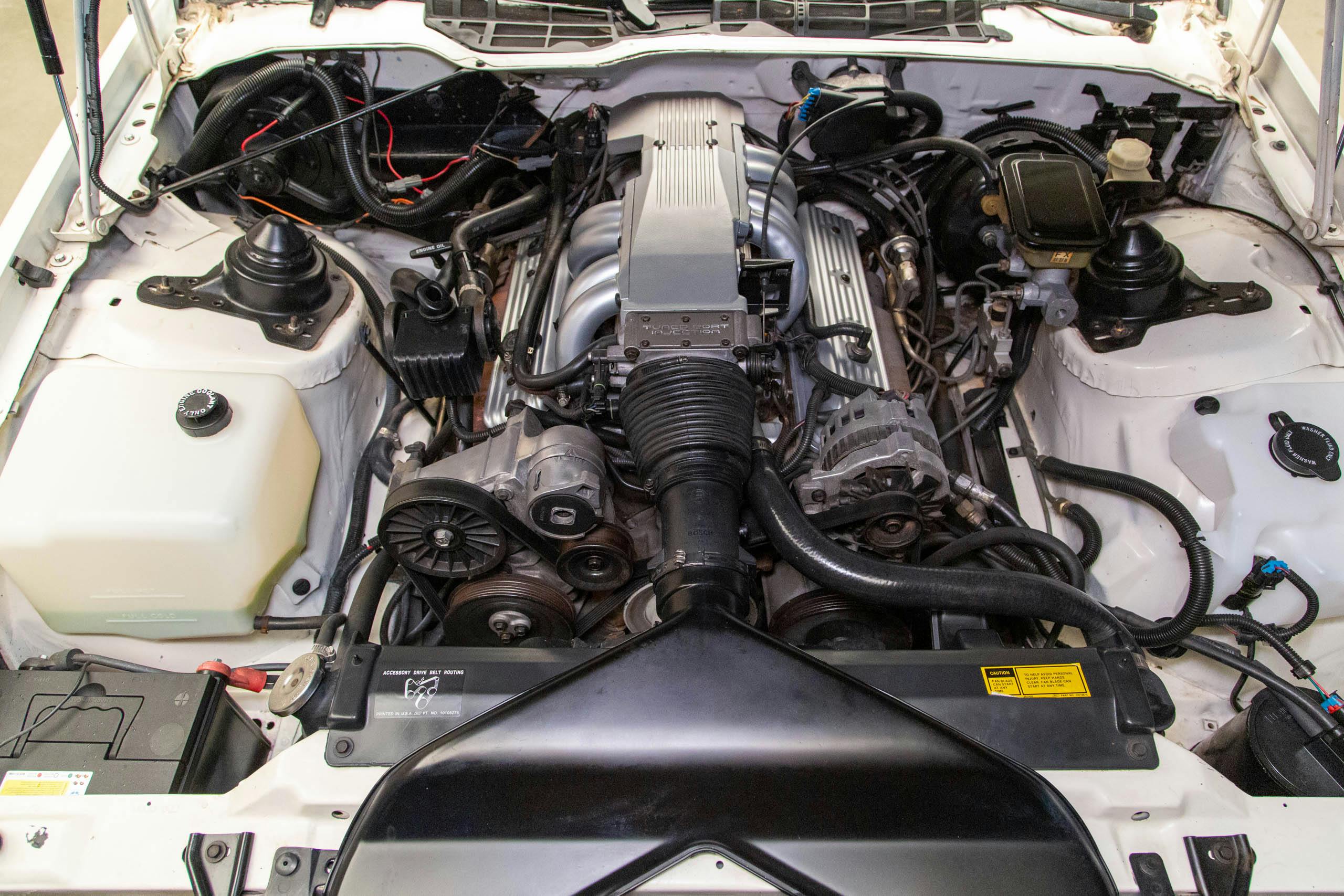


The number of inaccuracies in this article is too long to list here – obviously Alex Sommers just googled 1LE and regurgitated all of the same information that’s been spewed out for decades.
The rotors were actually derived from the C10 program and carry the same part number but were machined for the larger bearings, the calipers were NOT borrowed from the Corvette but were similar in design, had their own part number and were actually LARGER for more heat dissipation. Not all of the cars were stripped down models as all of the R7U Canadian 1LE’s were equipped with power windows & locks as well as a radio and rear defroster so they could be sold after race season.
There were only 4 1LE IROCS built in 1988, all batched together, likely on the same day, all VIN’s within 100 from each other – 3 TA’s were built in 1988 as well. I’ll stop but this kind of journalism just perpetuates the same mistakes we’ve been fed for decades. Do better next time or find someone else to write the article for you – it reflects badly on Hagerty.
I have found a 1988 1LE Camaro; 305, 5 speed, G92, with Borg Warner 3:45 rear end. The RPO codes are all there to show the special suspension and engine and tranny. The car can only go 100 to 120 miles per hour top end because it revs at such a high state.